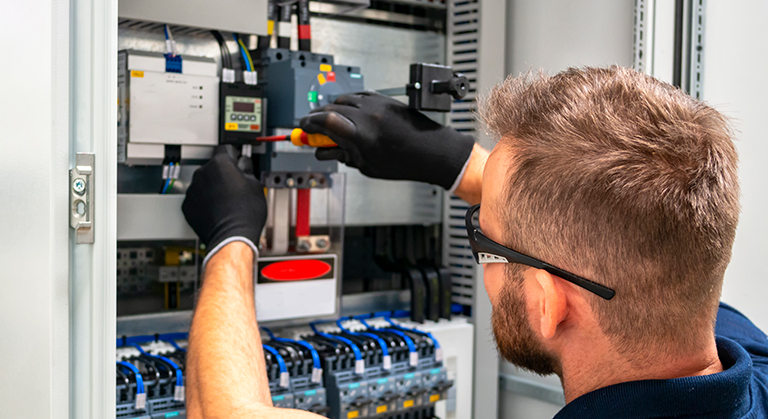One of the most big-budget expenditures in your commercial or industrial unit is investing in battery backup power system. Naturally, after spending such a hefty amount your expectation will be getting continual support and reliable function of the systems during power outage and in cases of voltage instability. Don’t have this wrong idea how a battery system will function depends only on its mechanism. Battery life sustenance is highly dependent on routine monitoring and management. The more systematically you’ll monitor battery systems, the more longer it will give reliable performance.
What are the key reasons of premature battery failure? Let’s find out so that you don’t repeat the same mistake.
Causes of Prior Battery Life Drain
Every battery has a certain life span beyond which it is of no use. In such cases nothing can be done as battery life has reached its threshold. But what about the premature battery failure of lead acid batteries in backup systems? What are its main reasons?
1. Excessive cycling
The process of discharge following a recharge is considered to be a complete cycle. In the course of multiple cycling, often the battery meets deep discharge, which shortens its longevity.
2. Improper charging
Every battery is designed with unique chemical compositions. So, manufacturers recommend different charge voltage ranges for different cell designs. If you charge your battery in its recommended float voltage, it will perform best and sustain long. In case the float voltage drops to low or raises high during charging, it can damage the battery.
3. Installation deficiency
Installation errors can create various battery problems. Some of the crucial installation deficiencies are damaged post seals, loose inter-cell connections, shipping caps etc. Fault in inter-cell connections can lead to system failure and sometimes even to explosion. Mishandling or usage of unsupported cables can spoil post seals. Using vent caps instead of shipping caps can lead to post corrosion.
4. Operational errors
Users often commit operational errors without even their knowledge, which damage the batteries. For example, a cell must be recharged within 48 hours of being discharged to avoid any failure.
5. Temperature control
Battery performance is very sensitive to temperatures. If the temperature becomes too low or goes higher than the battery requires, its function is affected. You must ensure that the battery remains in ideal temperature in between 16°C – 25°C.
Is Monitoring Necessary? Why?
The major problems stem from minor issues which users tend to overlook. Therefore, monitoring systems will help to detect even minor errors, which usually is not pointed by the technicians. Fixing the problems in the initial level can save your pocket and, more importantly, downtime, giving you proper battery backup power. Some of the major reasons for which you should monitor are as follows:
1. Reliable performance in battery backup power system
Frequent monitoring helps to track battery performance. Optimization of a battery life increases system reliability and helps to escape downtime.
2. Saves budget
Regular system monitoring increases system longevity and cuts off long-term costs such as new system purchase cost, maintenance cost and time, testing costs etc.
3. Lessens maintenance time
As big as will be the capacity of your installation as well as the size, the more amount of time it will require. If you use a monitoring system after installation, you can save a considerable amount of time. When you buy a monitor, it’s better to choose a high-quality one.
4. Battery optimization
Usually, users get up to 80% of the projected life of the batteries. Obtaining 100% battery life is achievable through regular monitoring. We have discussed before the major causes of prior battery life drain. Monitoring helps in preventing such causes from arising.
5. Brings down test costs
Before installing any new battery system, capacity test should be performed to check if the system is capable to meet the requirement. These tests involve thousands of dollars and long duration. A high-quality installed monitor reduces the overall expense on testing too.
6. Ensures safety
A battery monitor lessens the problems of maintenance technicians. They only need to diagnose the battery whenever a fault is detected by the monitor. Moreover, they don’t need to come in direct contact of high voltages. If a problem is located by the monitor, the battery can be diagnosed by technicians after it is disconnected from the charger.
Main Functions of Monitoring System
Here is a list of functions that a monitoring system performs:
- Ambient temperature
- Overall string voltage
- Cell voltages
- Inter-cell resistance
- Load cycles
- Float current
- Load current
Summing Up
Did you find this article helpful? Please let us know your opinion. You can write to us if you need any clarity.

